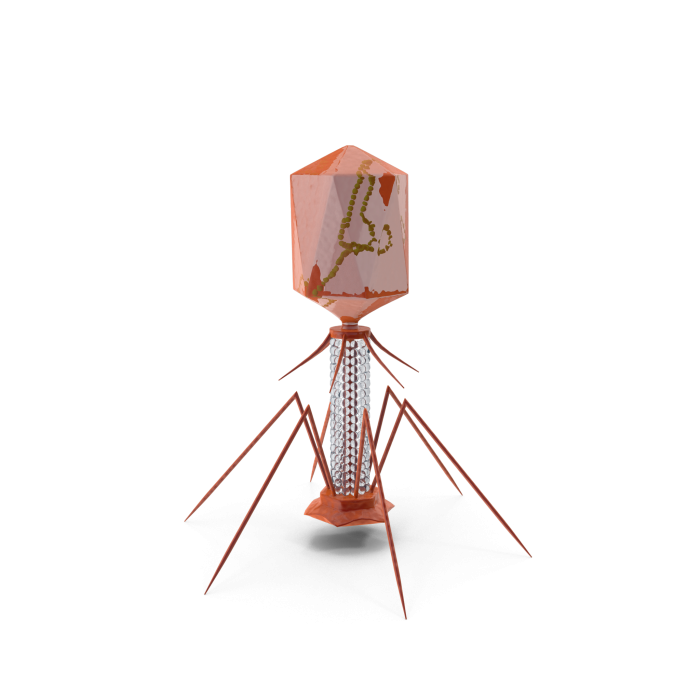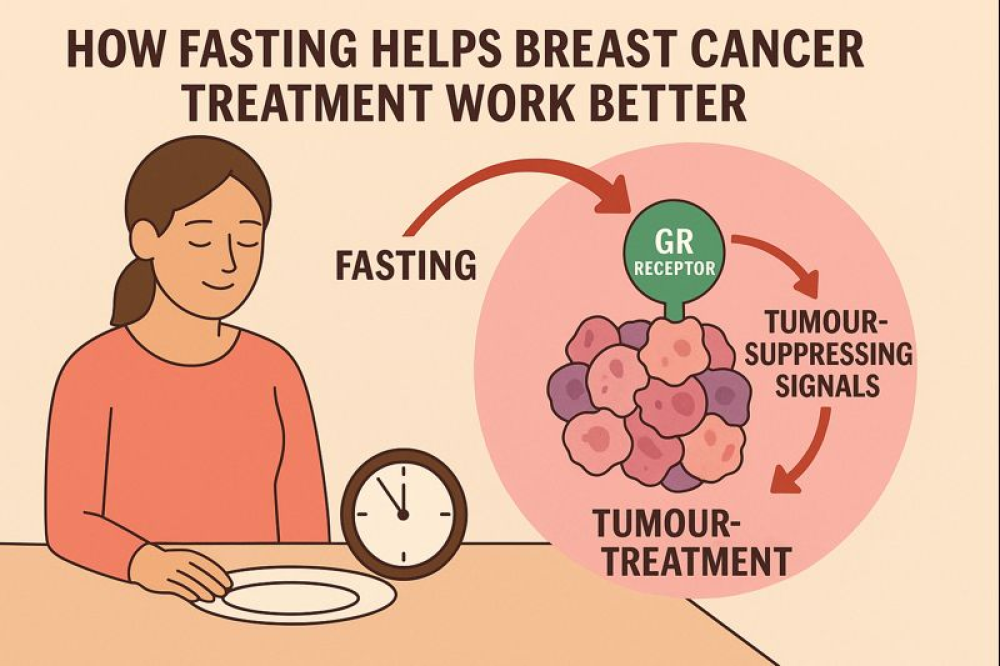AI and Viruses: The Future of Medicine or a Dangerous Gamble?
Posted 3 months ago
Scientists have designed whole viral genomes using artificial intelligence and then synthesized bacteriophages that can kill antibiotic-resistant E. coli. It may sound like science fiction, but this is now science, with all its ambition, opportunity, and risk.
The work, led by computational biologists including Brian Hie and Samuel King, uses AI models (“Evo 1” and “Evo 2”) trained on millions of phage genomes to generate new viral sequences that were further tested for their infectivity. The objective was to create phages (viruses that infect bacteria) that can kill bacteria strains that resist standard antibiotics. Some of these AI-designed phages were able to kill E. coli strains that the existing wild-type phages could not.
What Synthetic Viruses Can Do Towards Humans
Targeted Antibacterial Weapons
Antibiotic resistance stands as one of the most pressing global health crises. Phage therapy, which utilizes viruses that target specific bacteria, has long been viewed as a promising alternative. The advent of AI-designed phages could significantly expand this arsenal, offering phages tailored to combat strains that have developed resistance to existing treatments. A study in Nature revealed that out of approximately 302 AI-generated phage candidates, 16 demonstrated both specificity and effectiveness.
New Viruses Can be Made With Speed, Customization
AI can generate many possible designs, quickly sift through them computationally, and suggest ones with a high likelihood of function. Once synthesized, these can be tested in the laboratory. This accelerates what would be a far slower traditional experimental screening process. The ability to generate “genome-scale” designs means more flexibility in designing for traits like host specificity and avoiding immune reactions.
Synthetic Viruses Could be Novel Solutions to Old Problems in Agriculture and Environment
Beyond antibiotic resistance, phages could help with many bacterial threats (in agriculture, aquaculture, and the environment). AI-designed viruses could even be used in biotechnology, synthetic biology, or environmental remediation to target harmful bacteria in water supplies, biofilms, etc.
Advancing Fundamental Biology Through Synthetic Virology
Using AI to generate complete viral genomes, not just proteins or small elements, moves scientific understanding forward: what genome-scale constraints exist, how gene interactions map to function, how viruses evolve, etc. This foundational knowledge may unlock future breakthroughs.
The Risks: Biosafety, Ethical, and Technical Hazards
No breakthrough comes risk-free. Synthetic viruses engineered by AI bring several hazards, from unintended consequences to deliberate misuse.
Biosafety Failures & Unintended Harm of Dangerous Synthetic Viruses
Even phages are viruses; misdesigned, they might infect non-target bacteria, disrupt microbial ecosystems, or have off-target effects. Changes in specificity or host range might have unpredictable consequences. Also, synthetic viruses might acquire mutations post-synthesis that alter behaviour.
Dual-Use Potential & Biothreats
The ability to design viral genomes raises concerns that such tools could be intentionally or accidentally misused to create harmful pathogens. AI lowers the technical barrier: with the proper knowledge and materials, someone could try to design viruses not for therapy, but for harm. The faster the technology becomes accessible, the larger the attack surface.
Regulatory and Ethical Gaps
Current regulations don’t necessarily anticipate fully AI-designed viruses. Oversight, safety testing, ethical review, containment, and monitoring systems may lag. Who is accountable if synthetic viruses escape labs or cause harm? What global standards apply?
Ecological Disruption
The microbial world is complex and tightly balanced. Introducing engineered phages at scale could shift microbiome compositions in unpredictable ways, impacting soil health, human microbiomes, ecosystems, etc.
Technical Uncertainty, False Promises
AI-designed genomes look good in silico but fail in practice. “Fitness” in the real world, in terms of stability, replication, and safety, is hard to guarantee ahead of time. There are significant gaps to cross from lab tests to real-world therapeutics: delivery, immune response, scalability, cost, and so on.
The Way Forward: Balancing Synthetic Virology With Cautions
To harness the benefits while mitigating the risks demands both boldness and restraint. Here are what the next responsible steps might look like:
Robust Biosafety Protocols: Laboratories working with AI-designed viruses need top-tier biosafety levels, stringent oversight, fail-safe design strategies (e.g., kill switches), and ongoing monitoring.
Transparent Oversight Mechanisms: Scientific review boards, regulatory agencies, and international bodies need to define rules for AI-assisted virus design, especially for dual-use. Ethical frameworks and governance must keep pace with scientific capabilities.
Public engagement and ethical dialogue are not just recommended, but essential. The public must be an integral part of the conversation. Ethical norms, societal trust, and risk tolerance are all crucial components of the acceptance of the outcomes of this research.
Open Research & Responsible Disclosure: Sharing data, methods, and safety outcomes so that peer review, replication, and risk evaluation are possible. For instance, transparent reporting on off-target effects, host range, etc.
Investment in Countermeasures: In addition to the ability to design beneficial viruses, we must invest in detection, rapid response, vaccines, containment, and remediation strategies in case of unintended releases or misuse.
The creation of AI-designed synthetic viruses marks a milestone: proof-of-concept that scientists can generate entire viral genomes computationally and implement them in the lab to target antibiotic-resistant bacteria. The upside is powerful new antibiotics, precision tools, and ecological benefits. But the downside is equally serious: biosafety, misuse, and unforeseen ripple effects.
Synthetic viruses are a frontier where the stakes are high. If we walk the path carefully with science, ethics, and governance in step, this may become one of the most transformative tools of our time. But misstep, and the hazards are real.





